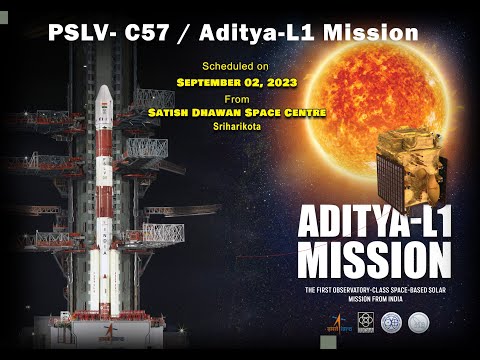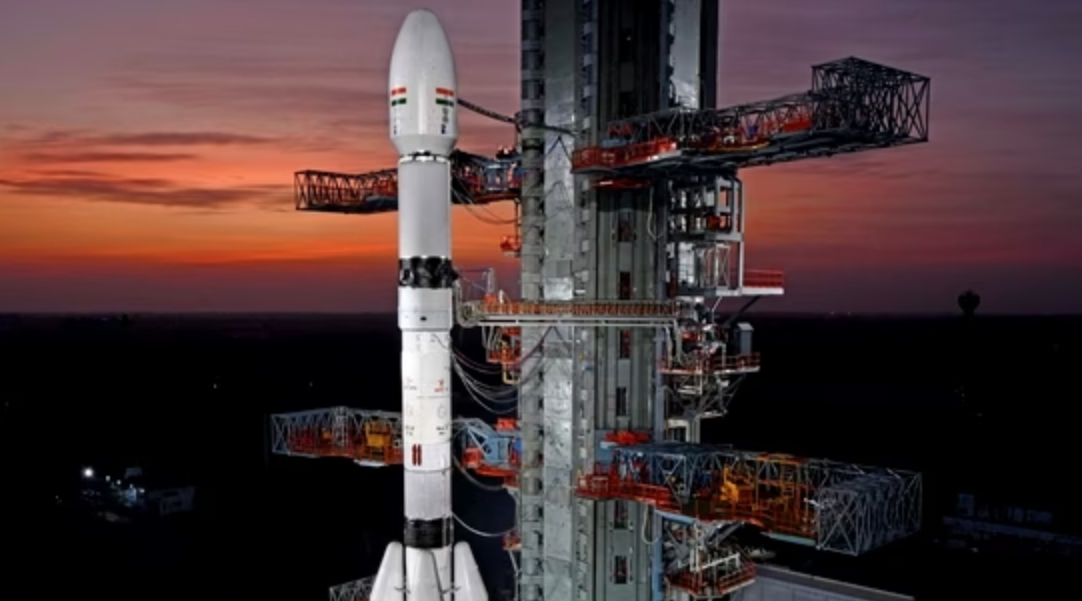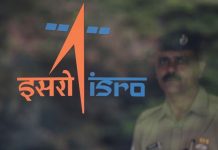Exploring the Sun: Aditya-L1 Solar Mission Countdown Begins
India’s First Solar Mission, Aditya-L1, Prepares for Launch
The countdown has begun for an extraordinary event in the realm of space exploration: the launch of India’s maiden solar mission, Aditya-L1. This groundbreaking venture is set to take place on September 2nd, at 11:50 am IST, from the prestigious Satish Dhawan Space Centre in Sriharikota, Andhra Pradesh.

Unveiling Aditya-L1: Journey to the Heart of the Sun
Aditya-L1, named after the radiant Sun itself, signifies India’s first stride into solar research. The mission is propelled by the Indian Space Research Organisation (ISRO), an entity renowned for its pioneering achievements. This momentous launch follows the recent success of ISRO’s Chandrayaan-3 mission, which achieved a remarkably safe landing on the moon’s surface.
A Space Odyssey: Aditya-L1’s Remarkable Expedition
Carried aboard ISRO’s dependable PSLV rocket, Aditya-L1 will embark on an extraordinary space journey spanning 125 days. The mission’s ultimate objective is to study our nearest star, the Sun, in unprecedented detail. This scientific endeavor holds great promise, offering insights not only into the Sun’s mysteries but also shedding light on other stars within our Milky Way and distant galaxies.
Witness the Launch: Aditya-L1’s Live Streaming Details
For those eager to witness history in the making, ISRO has made provisions for live streaming of the Aditya-L1 launch. The live coverage will commence at 11:20 a.m. IST on various social media platforms. Enthusiasts can tune in to ISRO’s Facebook page, ISRO’s YouTube channel, and the ISRO website for a front-row seat to this spectacular event.
Aditya-L1’s Unique Orbit and Solar Viewing Advantage
Aditya-L1’s journey holds a distinct destination – a halo orbit around the Lagrange point 1 (L1) of the Sun-Earth system, positioned approximately 1.5 million km away from Earth. This strategic location offers a remarkable advantage: an unobstructed view of the Sun without any eclipses. The Lagrange points, designated as L1, L2, L3, L4, and L5, play a pivotal role in this celestial choreography.
Exploring the Universe: Aditya-L1’s Payloads and Timeline
The Aditya-L1 spacecraft is equipped with seven cutting-edge payloads, each designed to unveil specific facets of the Sun’s nature. The journey to unravel these mysteries is expected to take 125 days, culminating in the satellite’s anticipated orbit insertion in mid-January.
FAQs About Aditya-L1 Solar Mission
1. What is Aditya-L1’s mission objective?
Aditya-L1’s primary goal is to comprehensively study the Sun, unraveling its mysteries and gaining insights into the stars within our galaxy and beyond.
2. Where will Aditya-L1 be launched from?
The launch of Aditya-L1 will take place at the Satish Dhawan Space Centre in Sriharikota, Andhra Pradesh, India.
3. How can I watch the Aditya-L1 launch live?
The launch event will be live-streamed on ISRO’s Facebook page, ISRO’s YouTube channel, and the official ISRO website.
4. What advantage does the L1 point offer?
The Lagrange point 1 (L1) provides Aditya-L1 an unobstructed view of the Sun, enabling continuous solar observation without eclipses.
5. Why is studying the Sun important?
The Sun’s proximity makes it a crucial subject of study, providing insights into other stars within our Milky Way and distant galaxies.




